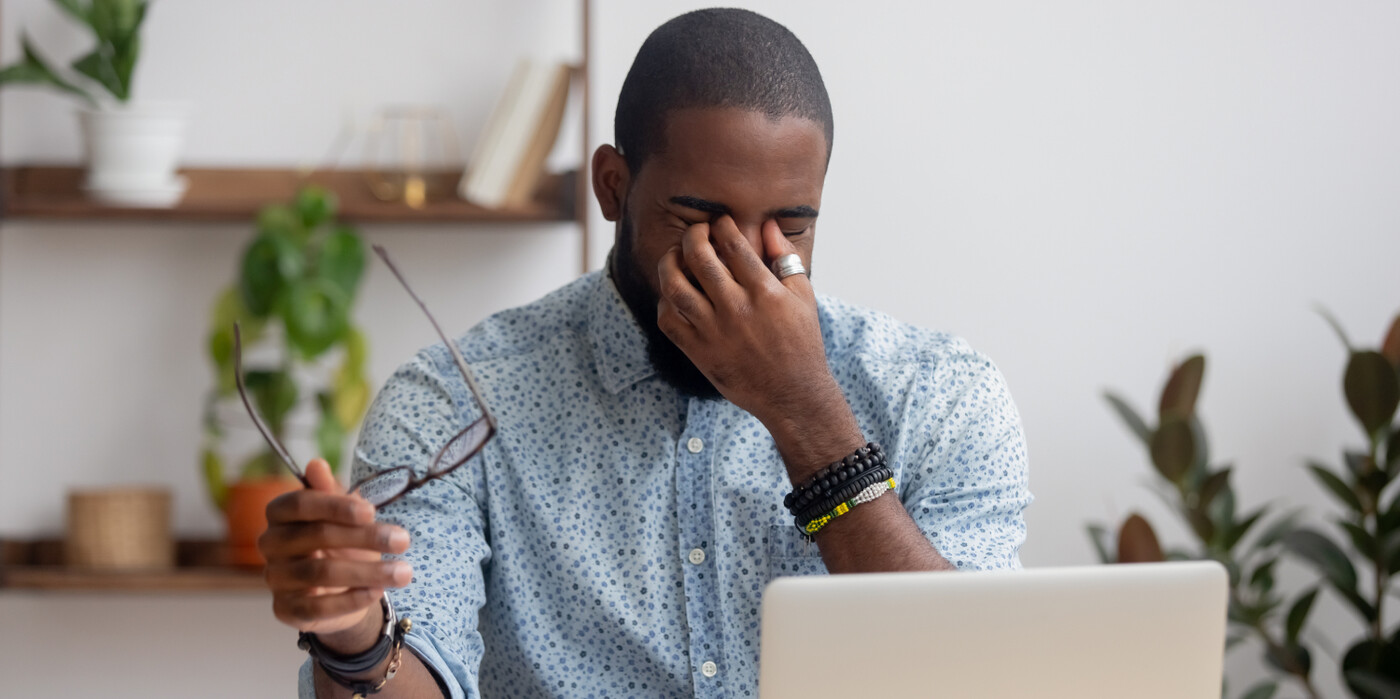Dry eye -- also called dry eye syndrome or dry eye disease -- is a common condition that occurs when your eyes do not make enough tears or produce tears that evaporate too quickly. Symptoms of dry eye range from mild discomfort to blurry vision and extreme eye irritation. Often dry eye can be managed with over-the-counter treatments, but if symptoms are severe or do not get better, it’s best to see an eye doctor. Here, Kourtney Houser MD, a corneal specialist at Duke Health, answers common questions about dry eye and provides advice on when to see a doctor.
What are the symptoms of dry eye?
One of the most common symptoms of dry eye is blurry vision that comes and goes, said Dr. Houser. Watery eyes are also common. “When your eyes get dry, they often compensate by increasing their production of watery tears. Unfortunately, these are low-quality -- or highly evaporative -- tears that don't sufficiently lubricate the eye,” she explained. Other symptoms include burning, stinging, itchiness, or redness. Some people have only mild, occasional issues, but for others, dry eye can interfere with their quality of life.
Who is at risk for dry eye?
The risk of dry eye increases as you age and is especially prevalent in post-menopausal women due to hormonal changes. Eye surgeries, including cataract surgery and vision correction surgeries like LASIK, present a risk for dry eye, as do many corneal diseases. Numerous medications, for example, those that treat high blood pressure and allergies, can cause dry eye. “Screens are another factor,” noted Dr. Houser. “We blink less when we look at a TV or computer screen, and this tends to promote dry eye.”
How is dry eye treated?
If you have mild dry eye symptoms, using over-the-counter lubricating eyedrops and taking regular breaks from computer work may be all you need, said Dr. Houser. Your doctor may also recommend applying warm compresses, using an eyelid cleanser, and massaging your eyelids to promote high-quality tear production. If these measures aren’t successful, prescription anti-inflammatory eyedrops, nasal sprays that activate tear production, or eyedrops that help reduce tear evaporation can provide relief. Dr. Houser and her colleagues also offer a variety of in-office procedures when dry eye syndrome does not respond to other treatments. For instance, heating and evacuating clogged oil glands in the eyelids can increase high-quality tear production and stabilize the ocular surface, Dr. Houser explained.
When should you see a doctor for dry eye?
If high-quality, over-the-counter lubricant eyedrops don’t resolve your symptoms, that's a good time to make an appointment with your eye doctor. “There are so many patients who have dry eye, and we have a variety of treatments to offer,” said Dr. Houser.
How safe are eyedrops for dry eye?
Many lubricating eyedrops contain preservatives and are safe to use up to four times per day. Any more than that can make your dry eye worse in the long run, Dr. Houser said. In these cases, she advises supplementing with preservative-free drops, which are often single-use or come in a special bottle. In addition, the FDA recently recalled several store-brand lubricating eyedrops due to the potential for contamination. High-quality brand name eyedrops are not affected by this recall, noted Dr. Houser.
Does dry eye go away?
In most cases, dry eye does not completely go away, and it can even get worse. Following your doctor’s instructions for managing dry eye can help keep symptoms controlled and your eyes comfortable.




